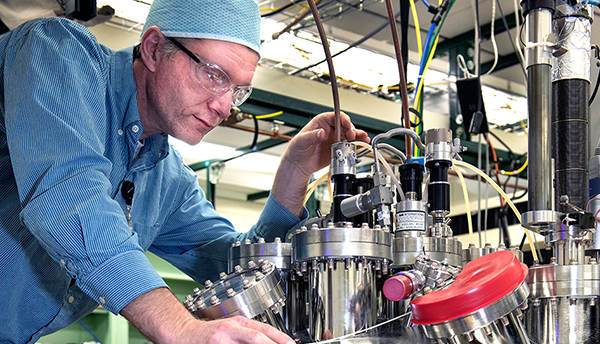
Seeking the Power of Quantum Computing in Silicon

Josh Pomeroy is an experimental physicist at NIST.
Despite the vast computing speed and power available to us in our palms, our desktops and massive server farms, classical computing is reaching its limits, leaving a surprising number of conceptually simple problems essentially intractable. In general, these tend to be problems that ask, “What is the most efficient way to do something?” These problems become exponentially more difficult as the number of possible choices grows, and rather than explicitly determine the answer, we instead rely on “best practices” or instinct. But quantum computing can change that.
The daily commute to work provides a real-world example we can all identify with. Personally, every morning I have four or five choices for my route to work. Each day I contemplate several factors that I think will affect which is most efficient: Is it a popular telework day like Monday or Friday or a holiday week? Is it raining? Do I feel like a rural, winding drive, or a “stimulating,” lane-switching, high-speed commute?






















.png)











No hay comentarios:
Publicar un comentario